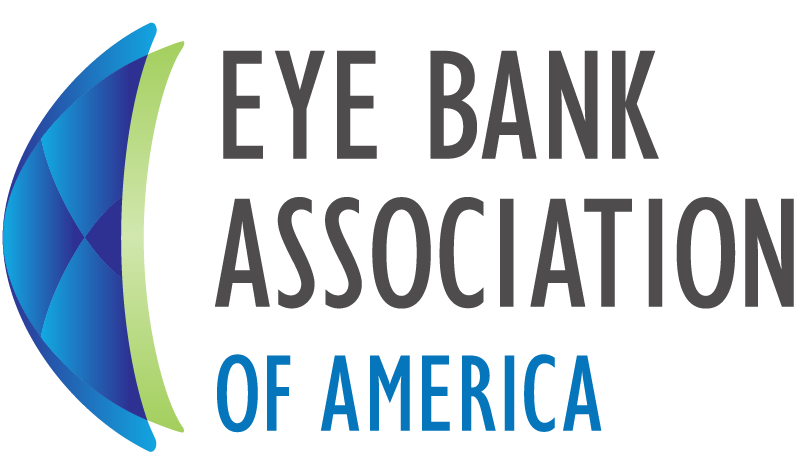On November 1, 2024, FDA published a Safety and Availability Communication, titled “Important Information for Human Cell, Tissue, and Cellular and Tissue-based Product (HCT/P) Establishments Regarding the Oropouche Virus and HCT/P Donation,” This communication provides information regarding Oropouche virus and considerations for donor eligibility determinations for human cells, tissues, and cellular and tissue-based products (HCT/Ps).
Important Information for Human Cell, Tissue, and Cellular and Tissue-based Product (HCT/P) Establishments Regarding the Oropouche Virus and HCT/P Donation
November 1, 2024
We are issuing this communication to provide information regarding Oropouche virus and considerations for donor eligibility determinations for human cells, tissues, and cellular and tissue-based products (HCT/Ps).
In August 2024, CDC issued a health advisory to notify clinicians and public health authorities of an increase in Oropouche virus (OROV) disease in the Americas region that includes endemic areas in the Amazon basin and new areas in South America, Central America, and the Caribbean. Cases of OROV disease were recently identified in U.S. travelers returning from areas experiencing outbreaks, including Cuba (CDC MMWR, 08/27/24). There are no reports of transmission of OROV in the U.S. and the number of cases among U.S. travelers is low. FDA, CDC, and other federal agencies continue to monitor OROV disease in U.S. travelers.
Background:
OROV is transmitted by biting insects (midges) and certain mosquito species. The incubation period for Oropouche virus disease is 3–10 days. Approximately 60% of individuals infected with OROV will experience symptoms. When they occur, symptoms are typically mild and self-limiting; however, there have been reports of severe illness and intrauterine transmission. Symptoms are similar to Zika virus, dengue virus, chikungunya virus, and malaria, and may include photophobia, dizziness, retroorbital or eye pain, nausea and vomiting, maculopapular rash that starts on the trunk and goes to the extremities, conjunctival injection, diarrhea, severe abdominal pain, and hemorrhagic symptoms (e.g., epistaxis, gingival bleeding, melena, menorrhagia, and petechiae). Disease generally starts with the abrupt onset of fever (38-40°C) with headache (often severe), chills, myalgias (muscle aches), and arthralgias (joint pains). Oropouche virus can also cause neuroinvasive disease (e.g., meningitis and encephalitis) and it is estimated that up to 4% of patients will develop neurologic symptoms after their initial febrile illness. Symptoms reported for patients with neuroinvasive disease include intense occipital pain, dizziness, confusion, lethargy, photophobia, nausea, vomiting, nuchal rigidity, and nystagmus. OROV symptoms typically last less than a week. However, symptoms can reoccur a few days or even weeks later in up to 60% of patients.
OROV can be detected in serum during the first week of infection, but virus and antibody dynamics are currently not well understood. As described in an article published in the Emerging Infectious Diseases Journal on October 11, 2024 by Castilletti, et al. entitled “Replication-Competent Oropouche Virus in Semen of Traveler Returning to Italy from Cuba, 2024,” Oropouche virus RNA was detected in semen 58 days post symptom onset; and live replicating virus was detected 16 days post symptom onset. These findings raise concerns over the potential for sexual transmission of Oropouche virus. However, there have been no known cases of sexual transmission reported. On July 17, 2024, the Pan American Health Organization (PAHO) issued an epidemiological alert about cases in Brazil of vertical transmission of Oropouche virus associated with adverse pregnancy outcomes. CDC is working with PAHO and other international partners to learn more about the risks of Oropouche during pregnancy.
Currently, there is no evidence of local transmission in the United States.
There are no vaccines to prevent or medicines to treat Oropouche. Prevention relies on personal protective measures to avoid insect bites.
Considerations:
For the purposes of making a donor eligibility determination, routine screening measures are used to prevent individuals with risk factors for, or clinical or physical evidence of, certain infections or diseases from donating HCT/Ps. For example, donors must be screened for certain disease agents and diseases (21 CFR 1271.75). The mandatory donor screening includes a review of “relevant medical records” (21 CFR 1271.3(s)) to look for risk factors and conditions that may lead to a determination that the donor is ineligible. The relevant medical records reviewed must include a current donor medical history interview (21 CFR 1271.3(n) & (s)), which is “a documented dialog about the donor’s medical history and relevant social behavior, including activities, behaviors, and descriptions considered to increase the donor’s relevant communicable disease risk.” Although establishments determining donor eligibility are not required to screen or test for Oropouche virus or Oropouche infection specifically, the donor eligibility safeguards currently in place may identify individuals screened for potential donation who are diagnosed with Oropouche virus or who are currently at greatest risk for infection with Oropouche virus.
Due to the robustness of existing donor screening measures and taking into consideration the current small number of OROV disease cases among U.S. travelers, and no reports of OROV transmission by HCT/Ps, screening donors by asking them specific questions about exposure to OROV or travel to areas with OROV outbreaks is not warranted at this time. A donor screening test for OROV is not available.
The HCT/P establishment’s responsible person (21 CFR 1271.3(t)) must determine and document the eligibility of a cell or tissue donor (21 CFR 1271.50). Based on information available at this time, including the incubation period for OROV and the detection period in serum and semen, establishments may wish to consider, whether, in the last 6 weeks prior to HCT/P recovery, the donor:
- Was diagnosed with or was suspected of having Oropouche virus infection.
- Developed an abrupt onset of fever, severe headache, chills, myalgias, arthralgias, rash, or other symptoms of Oropouche virus.
FDA will continue to monitor cases of Oropouche in the U.S. and worldwide and available information about potential risks of Oropouche virus transmission by HCT/Ps. We will communicate, as appropriate, as additional information becomes available.
Resources:
CDC: Morrison A, White JL, Hughes HR, et al. Oropouche Virus Disease Among U.S. Travelers — United States, 2024. MMWR Morb Mortal Wkly Rep. ePub: 27 August 2024. DOI: http://dx.doi.org/10.15585/mmwr.mm7335e1External Link Disclaimer
Castilletti C, Huits R, Mantovani RP, Accordini S, Alladio F, Gobbi F. Replication-Competent Oropouche Virus in Semen of Traveler Returning to Italy from Cuba, 2024. Emerg Infect Dis. Published online October 7, 2024. doi:10.3201/eid3012.241470
About Oropouche | Oropouche | CDC
Clinical Overview of Oropouche Virus Disease | Oropouche | CDC


